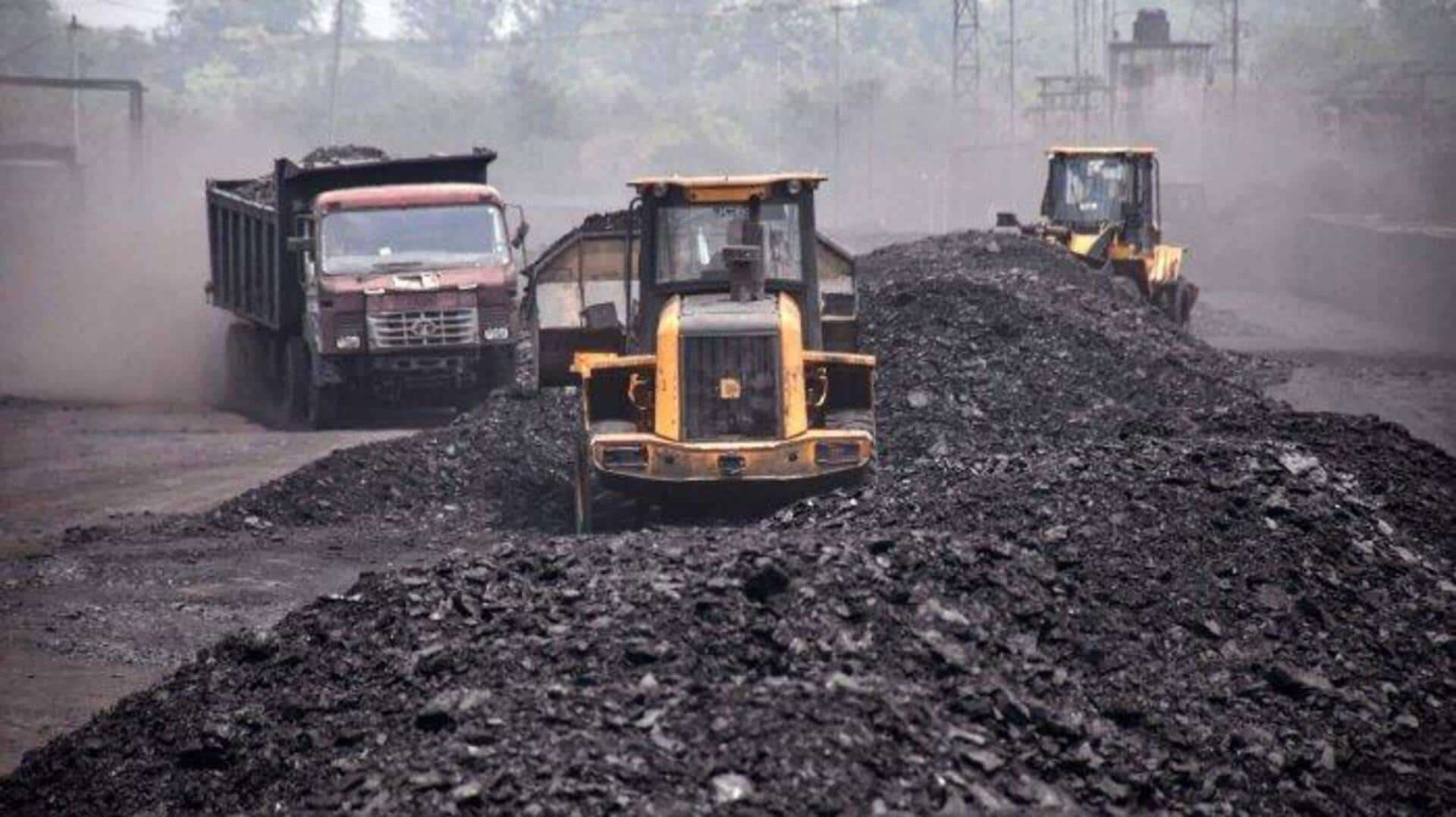
India revises royalty rates on key minerals to boost mining
What's the story
India has revised its royalty rates for a number of critical minerals, including graphite, caesium, rubidium, and zirconium. The change comes as part of the government's efforts to promote domestic mining and reduce dependence on imports. Under the new system, royalties on high-carbon graphite will be charged at 2% of sale prices determined by the Indian Bureau of Mines instead of a fixed per-ton value.
Strategy
New rates to help bidders make more rational offers
The revised royalty rates also apply to caesium and rubidium, which are both set at 2%, while zirconium is pegged at 1%. The government hopes these new rates will help bidders make more rational offers in auctions. An increase in domestic production of these minerals would lead to a reduction in imports and supply chain vulnerabilities, the government added.
Supply security
India currently imports about 60% of its graphite needs
As the global demand for clean-energy materials grows, India is stepping up efforts to secure critical mineral supply chains. The country is a small producer of most critical minerals, including graphite, of which it currently imports about 60% of its needs. To reduce this dependence on imports from China, who dominates the global processing market, Prime Minister Narendra Modi's government is looking to attract private and foreign investment into mining projects.
Investment initiative
Government approved $1.9 billion program to secure mineral supplies
Earlier this year, India's government approved a $1.9 billion program to secure supplies of a range of minerals. These are mainly used in the battery, electronics, defense, and agriculture sectors. The move is part of the broader strategy to promote domestic production and reduce reliance on imports from countries like China that dominate global processing markets for critical minerals.